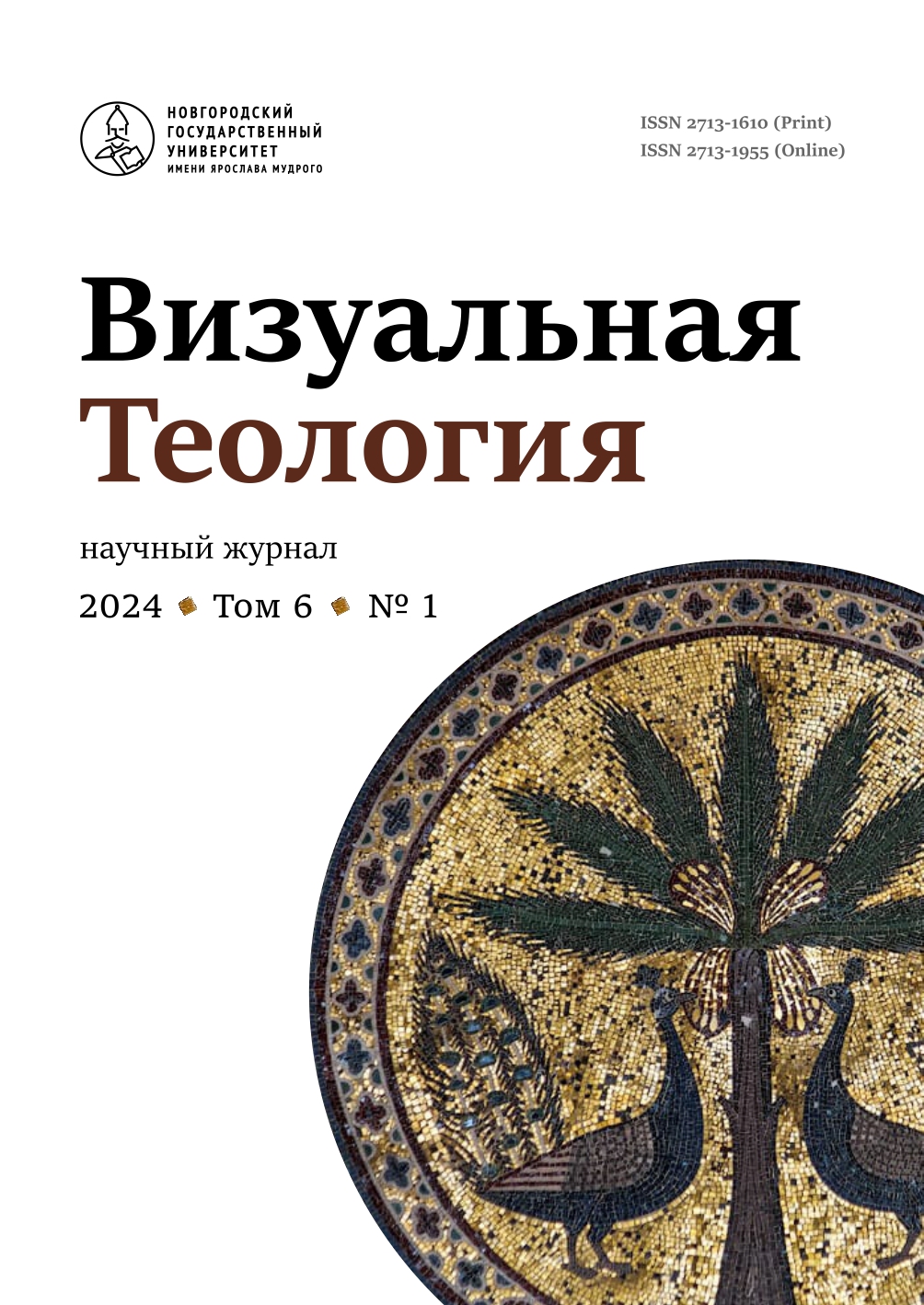Intervisuality in Iconographical Studies of Speculum Humanae Salvationis
Abstract
This article analyses iconographic research into Speculum humanae salvationis (SHS) based on the methodological concept of intervisuality. After consideration of the historiographical investigation into the iconography and corpus of the manuscripts, the typology and bimediality of SHS, attention then focuses on aspects of intervisuality which play an important role in the iconographic programme of SHS. Visual intertextuality manifests itself in the relationship between depictions, texts and contexts: first, the compositional parallelism of antitype and types in the illustrated chapter of SHS; secondly, the correspondence between depictions and textual features in SHS sources; thirdly, compatibility of depictions and texts which are not SHS sources but have a bearing on its context; fourthly, links between the depictions and references to other texts and allegories outside the SHS text. A hypothesis is suggested for possible influence of the “monastic-labour” motif in the historiated initials of Cistercian manuscripts concerning the oak tree parable as an allegory for exegesis. Key factors shaping the intervisuality were patronage, the process of producing manuscripts and the history of their use and parergonality.



